The mysterious Necronomicon has haunted the imaginings of horror fans and occult circles for nearly a century. This fictional grimoire, referred to as a dangerous and forbidden text of ancient magic, holds an enduring fascination. But why does this phantom book conjured up by horror writer H.P. Lovecraft still capture attentions and inspire such rich mythmaking?
In this post, we’ll delve into the origins, fictional history, and influence behind the Necronomicon – while examining the persistent myths that there are real-life versions of this eerie tome floating around.
Introduction to the Necronomicon’s Shadowy Past
Lovecraft first introduced the Necronomicon in his 1924 short story “The Hound.” He went on to pepper references to this mysterious, mesmerizing book throughout his Cthulhu Mythos stories. As the rich lore around this occult tome grew, so too did its appeal.
Today, the Necronomicon remains one of the most iconic elements from Lovecraftian horror and cosmic fiction. But the persistent myths of its authenticity stem more from our cultural and psychological fascination with forbidden knowledge and power than any real magical properties of the fake text itself.
Let’s dig deeper into the history and influence behind this grimoire that just won’t remain fiction.
The Twisted History and Mythos Surrounding the Tome

Little is known about the early life of the Necronomicon’s supposed author, Abdul Alhazred. But it’s said Alhazred endured a tragic childhood in Yemen, plagued by dreams and visions foretelling a coming apocalypse. Obsessed with the occult from a young age, he undertook a quest to learn all the ancient secrets he believed could unlock humanity’s destruction.
Alhazred’s Maddening Travels
Alhazred embarked on wandering travels through the deserts of the Middle East, from Egypt to Babylon and remote lands of the Arabian Peninsula. He devoted years to compiling arcane mystical and metaphysical insights from diverse esoteric groups. Some claim he ventured as far as the frigid wastelands of the Himalayas seeking forbidden revelations.
Wherever Alhazred went, he was shunned as a madman cursed with dangerous knowledge. But he continued his ill-fated path, possessed by a conviction that the end was near.
Unholy Writings & Final Doom
After decades of tireless occult study, Alhazred produced the Necronomicon. This blasphemous tome records complex rituals, sigils, incantations, and connections meant to bridge our world with others – and call forth the cosmic Old Ones.
To most, merely reading the Necronomicon induces madness and despair. Alhazred himself met a violent end in broad daylight – supposedly torn apart by invisible demons. But his accursed writings would long outlive him, leaving questions and mystery over their origins and meaning.
Debates Around Alhazred’s Homeland

Though Alhazred is mostly linked to Yemen, there are competing theories about his true homeland. Some occult scholars have traced his name to ancient pre-Islamic Arabic texts referencing a man named “Abdul Al-Hazim” who practiced mysticism and demonology.
If these accounts prove credible, Alhazred could have hailed from the Najd region in central Arabia. However, the similarity in names may be mere coincidence. With details on Alhazred’s life so scarce, his exact origins remain contested.
Further Madness on Travels Through Egypt
Egypt represented a major center of magical study for Alhazred, some claiming he spent over a decade there absorbing its esoteric secrets before arriving in Babylon. Local accounts depict him as a wild-eyed and manic presence, ranting crazed prophecies in Arabic and blaspheming inside temples.
It’s said he was equally reviled and feared wherever his seemingly aimless travels took him across Egypt. Alhazred gravitated from Alexandria to remote desert villages, gaining a reputation as a dangerous madman dabbling in forces mortal minds cannot comprehend. But he found knowledge – at the cost of his sanity.
First Murmurs of the Necronomicon in Babylon
Babylon marked a significant point in Alhazred’s arcane quest. He reportedly arrived in the bustling hub with crates of occult artifacts and scrolls traded from Egypt and intended to study Akkadian/Sumerian writings on primordial beings.
It’s in Babylon’s vast libraries that Alhazred begins compiling his own blasphemous tome – synthesizing myriad esoteric insights, metaphysical maps, and spells gleaned from elder sources into what would become the Necronomicon’s vile pages.
The Enduring Impact on Horror Fiction
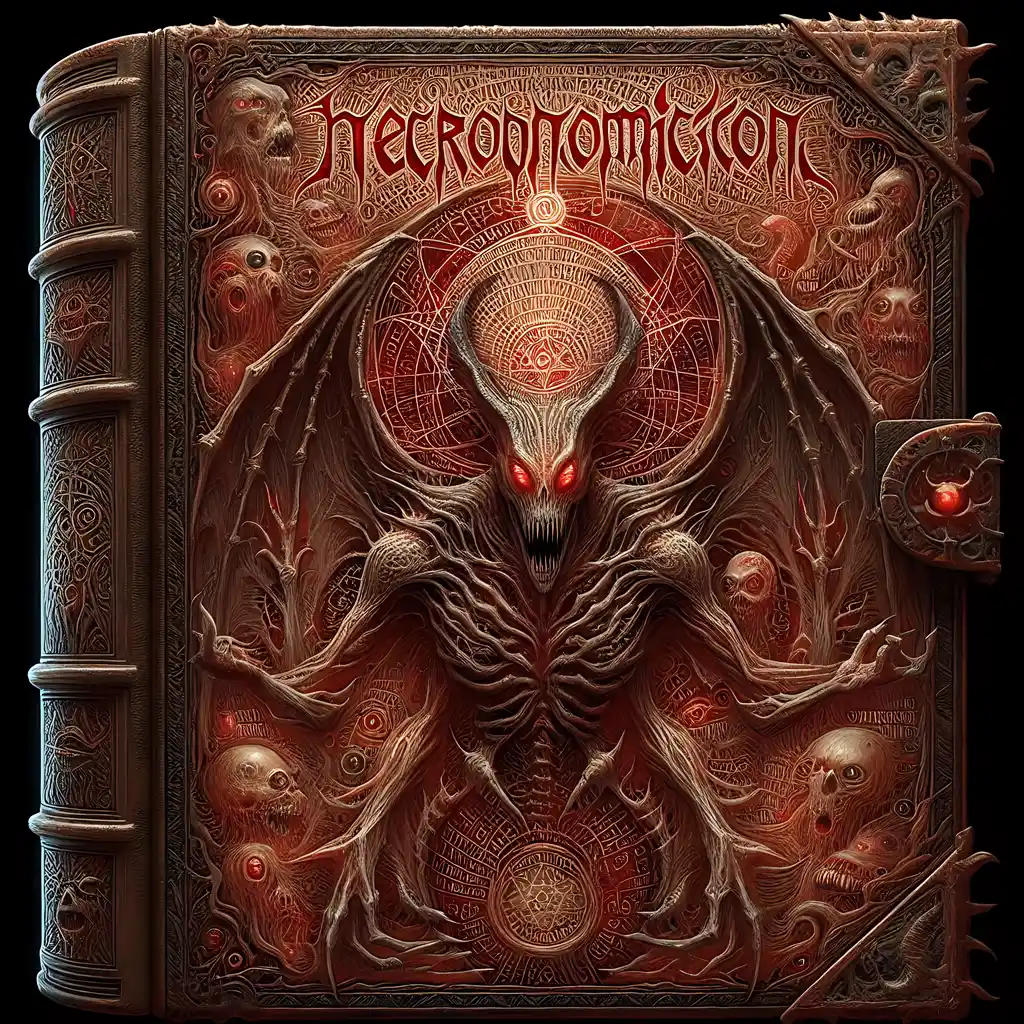
While the Necronomicon originated in Lovecraft’s stories, the depth of sinister lore created around it took on a life outside his works. The concept proved profoundly influential in both the weird fiction circles Lovecraft belonged to and the wider horror genre.
Several of Lovecraft’s contemporaries, including authors like Robert Bloch and August Derleth, incorporated the “forbidden tome” trope into their own Mythos stories – name-dropping the dreaded Necronomicon or suggesting even more dangerous books of occult magic.
Later prominent horror writers like Stephen King, Clive Barker, and Neil Gaiman would also reference Lovecraft’s invented occult relic or similar works of disturbing magical fiction in their narratives. These passing mentions help embed the Necronomicon firmly into the fabric of speculative and horror writing.
Indeed, the entire trope of dangerous magical texts with the power to unleash cosmic forces – from demonic possession to the destruction of reality as we know it – persists thanks largely to the dark allure of Lovecraft’s imaginary book of the dead. Its mere hint haunts scary stories and occult aesthetics to this day.
Proliferation in the Weird Fiction Circle
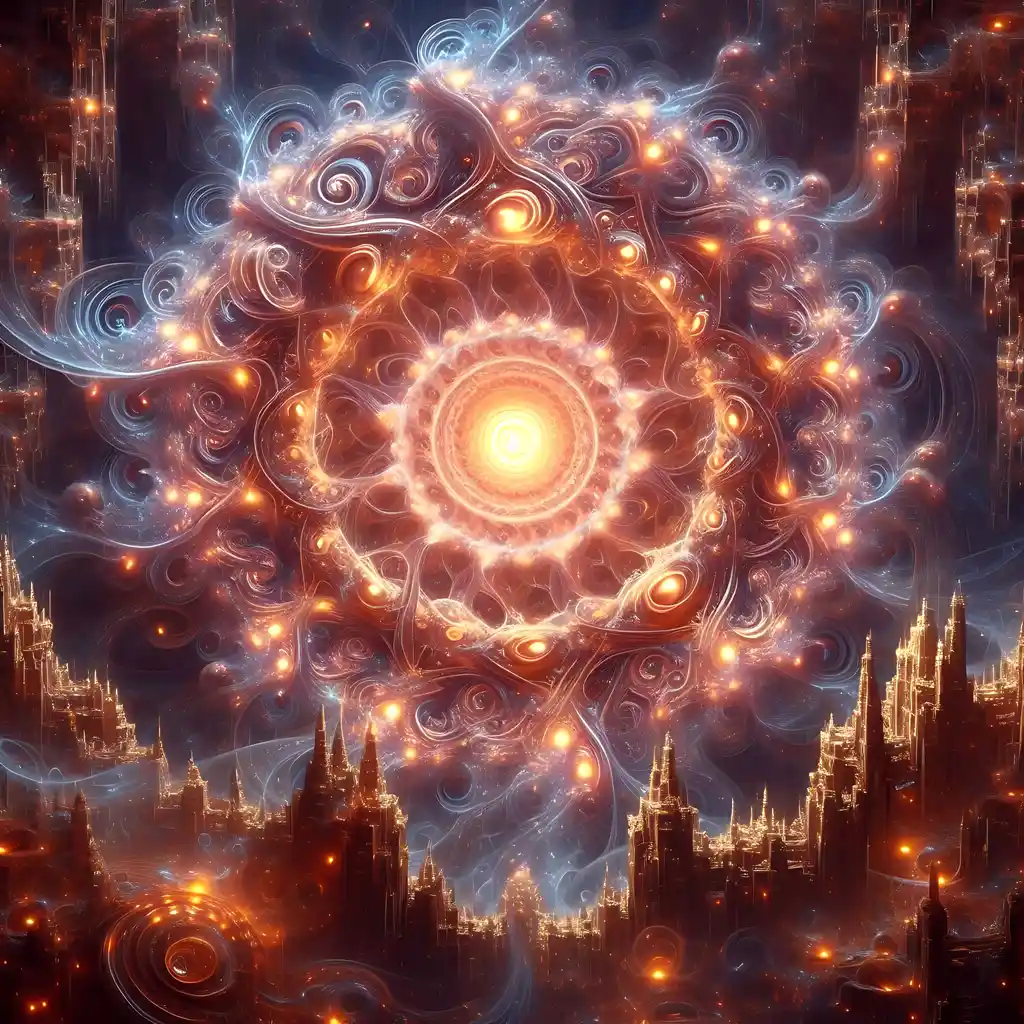
Lovecraft maintained a vibrant correspondence with contemporaries writing in the budding “weird fiction” genre. This allowed the Necronomicon mythos to proliferate rapidly among authors like Robert E. Howard, Clark Ashton Smith, and Robert Bloch in the 1920s/30s.
Many letters discuss forbidden tomes, alien gods, magical dimensions – and of course the dreaded Necronomicon. Lovecraft generously permitted colleagues to reference and build on elements like the Necronomicon in their stories, allowing his unsettling fictional creations to infest works by a diverse circle of horror authors.
This collaboration expanded the sinister legends and mythic allure around the Necronomicon. Fans soon couldn’t tell where Lovecraft’s inventions ended and the works of others began – a disorienting effect that persists in horror fiction today thanks to the Necronomicon’s hazy origins.
Inspiring Demonic Magic Tropes
The Necronomicon also profoundly informed later fictional works focused on demonology and the occult arts, particularly those dealing with power secured through the summoning, binding and exploitation of demonic forces. Much as the fictional Necronomicon provides instructions for conjuring Eldritch forces, later horror writers created similarly vile texts.
Examples appear across horror literature, from the sadistic demon-binding experiments central to Clive Barker’s “Hellbound Heart” and Brian Lumley’s Chthonian incantations. This niche sub-genre dramatizes dangers people might face when probing for forbidden knowledge, inspired by legends around Lovecraft’s imaginary tome.
Manifestations in Evil Dead Necronomicon
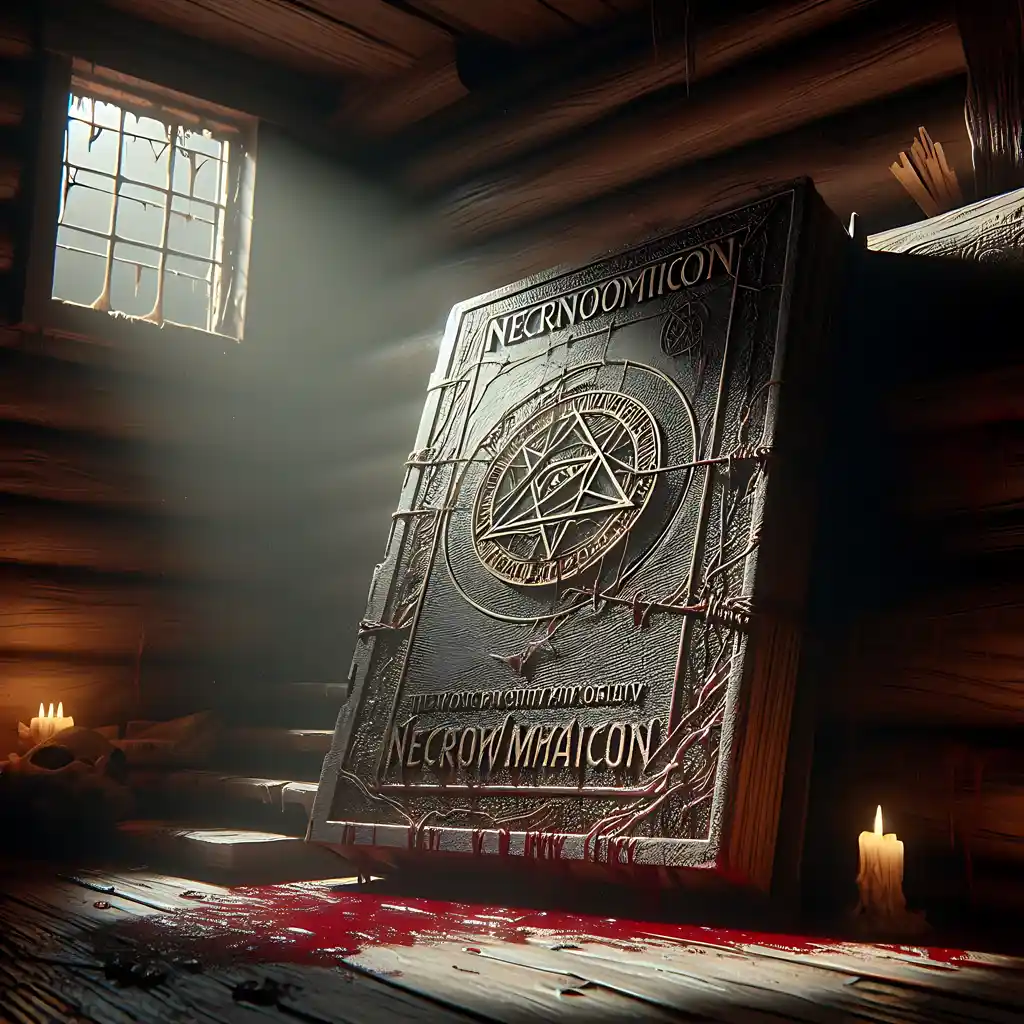
Perhaps no film series encapsulates the enduring grip of Lovecraft’s dreaded tome better than The Evil Dead franchise. This beloved horror series follows characters who discover an unholy text called the Naturon Demonto while vacationing in a remote cabin.
Reading aloud from the Necronomicon-inspired tome unleashes a plague of deadly Kandarian demons. Director Sam Raimi directly cited Lovecraft’s tales as the inspiration for his original 1981 cult classic The Evil Dead – laying the bloody groundwork for decades of sequels and spinoffs.
The film’s fictional Naturon Demonto draws heavily from Lovecraftian lore around dangerous magical texts. Ancient and primal, the text drives readers insane, its contents promising to summon demonic terrors into our reality. Despite Raimi altering the name, it clearly pays homage to tropes firmly ingrained into horror culture thanks largely to Lovecraft’s Necronomicon.
Indeed, both the idea of incantations within books unleashing cosmic horrors and – on a meta level – the endless recycling of the Necronomicon myth attest to this phantom tome’s enormous sway over horror media.
The Allure of Forbidden Knowledge
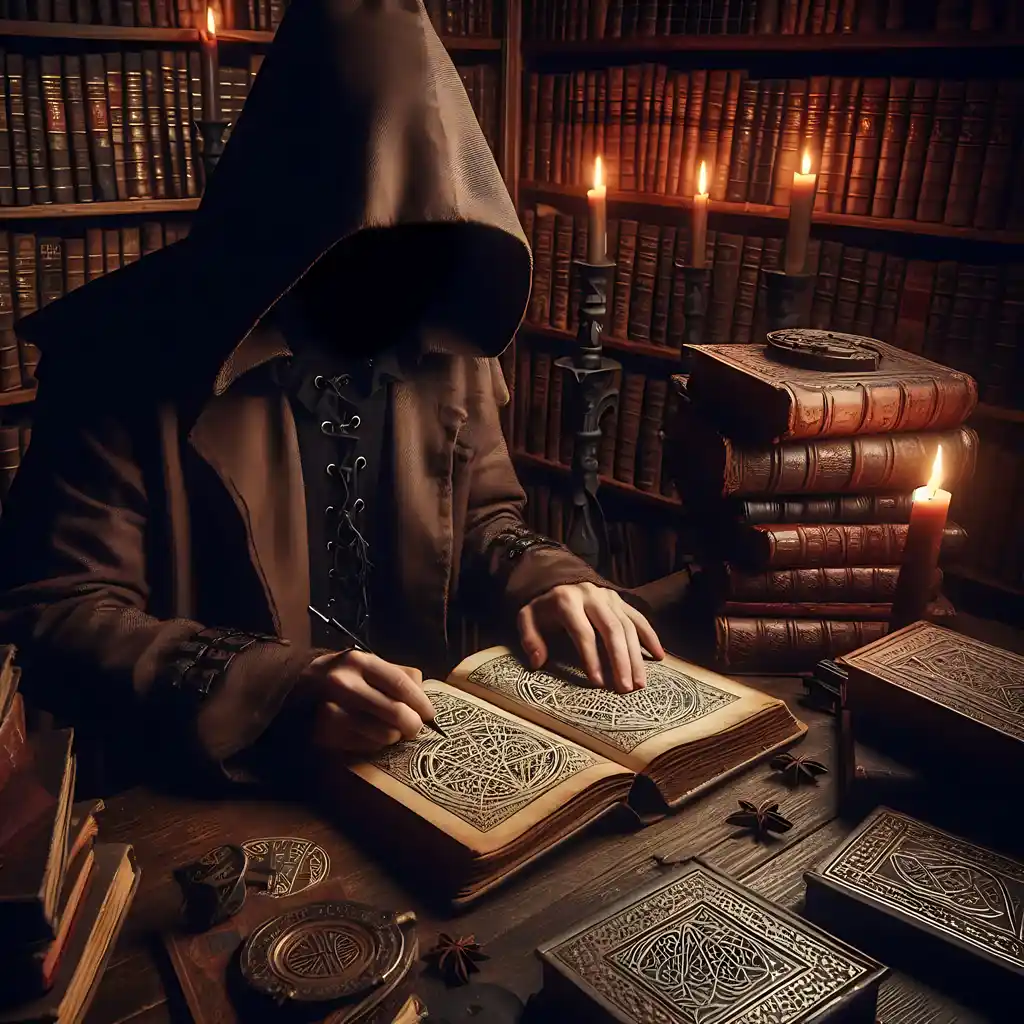
The Necronomicon’s fictional blend of profound esoteric secrets, ritual spells, and cosmic prophecies proves irresistible to many occult devotees. The promise of dangerous revelations – communing with alien deities or raising the dead – offers power-tempting fruit from deeply rooted corners of the human psyche that long for forbidden wisdom.
This attraction helps explain part of the strange persistence around perceptions of the Necronomicon’s authenticity. We yearn for forbidden texts to reveal what lies beyond the boundaries of accepted reality.
Early Attempts To Manifest the Tome
As early as the 1930s, fringe occult groups became fixated on willing the Necronomicon into existence through focused rituals and psychic channeling. While clearly spurious, manuscripts and scraps materialized among these circles purporting to be transcribed passages or translations of Abdul Alhazred’s writings.
The earliest examples served more as indulgent fan fiction to Lovecraft’s mythos rather than serious attempts at deception. But the stage was set for more disingenuous forgeries.
Notable Forgeries Through the Decades
This appetite among Western occultists for all traces of the mythical Necronomicon, no matter how fragmented, fueled a bustling underground market for forgeries. Bogus translations, elaborately crafted manuscripts written in codes, and other imaginative frauds appeared in rare book collections.
While the 1970 Simon text might be the most famous published hoax version, it was just one among countless fakes passed around since the 1930s. Not all are cynical ploys; some come from those genuinely wanting to manifest this phantom grimoire or expand on Lovecraft’s occult lore. But it further muddies perceptions around authenticity.
Necronomicon Cults & Conspiracy Theories
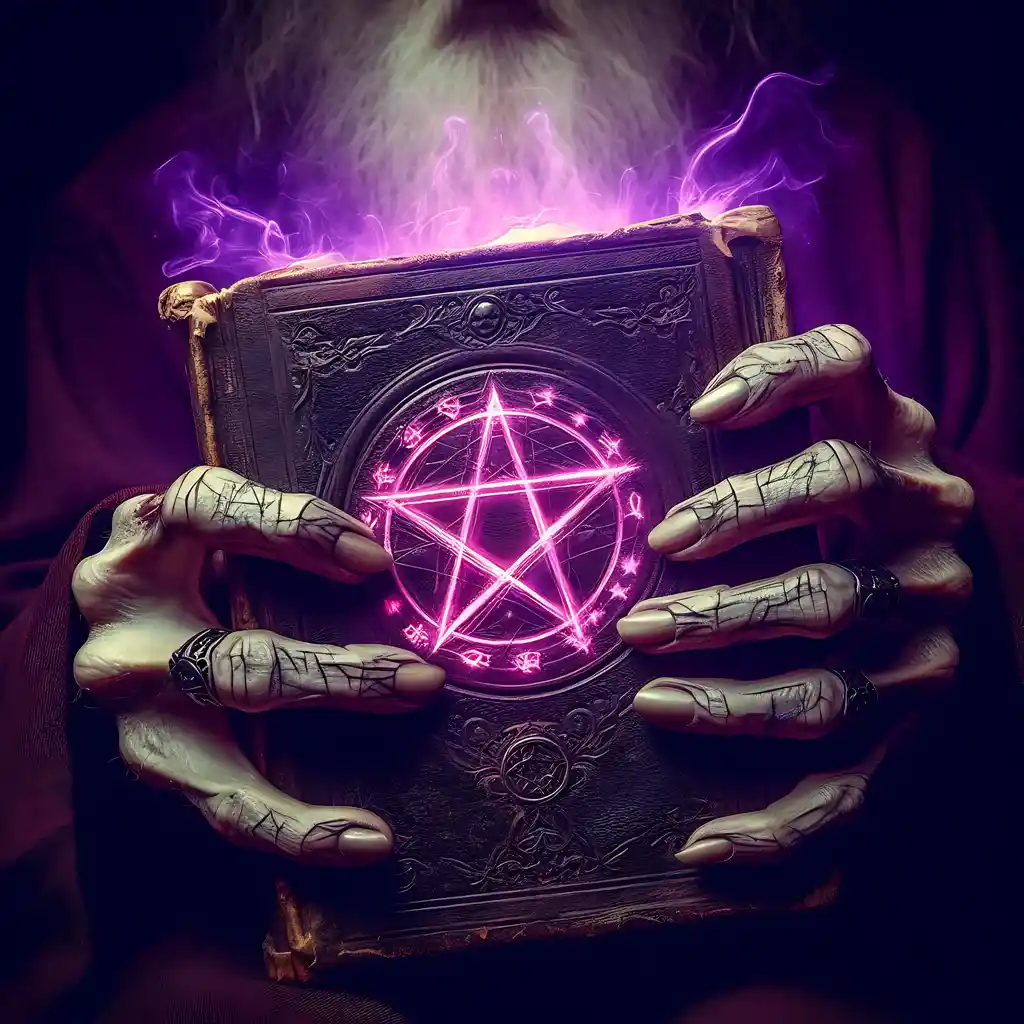
Another layer feeding the Necronomicon’s air of reality are claims of secretive cults and sects who either somehow obtained Lovecraft’s original manuscript or independently unearthed their own copies of Alhazred’s writings to use in dark rituals.
Conspiracy theories abound over these mythical groups, ranging from Lovecraftian Wiccan covens to Masonic splinter cells descending from the Templars to a worldwide Satanic elite. Stories tell of obscure scholars meeting grisly ends after stumbling onto hidden transcripts. Sinister government agencies and their occult-dabbling experiments receive blame.
Some attribute mystical significance to the 1977 death of comic occultist Anton LaVey, believing it proof he came too close to unlocking secrets around a genuine copy. Fringe Christian fundamentalists posit the Necronomicon as evidence of demonic workings by Hollywood elites.
No substantiated reports confirm any organized cult or agency actively studying even a passable forgery. But the dense web of cryptic rumors keeps questions over who might have access to forbidden knowledge tantalizingly unsettled.
Guerrilla Magic and Chaos Occultists
More recently, some practitioners of fringe philosophies like Chaos Magic report invoking Lovecraftian entities or tapping power from the fictional Necronomicon.
Guerrilla occultists enamored with forbidden ideologies try manifesting memes around Lovecraft’s mythos into reality – summoning alien gods through group ritual psychodrama and willing the Necronomicon into flesh and blood existence.
While more conceptual art than serious mystic pursuit, it demonstrates the grip of Lovecraft’s forbidden tome on current occult circles enchanted by the power of dangerous and transgressive lore.
Check out our in depth article about how the occult has infiltrated horror films.
Debating the Necronomicon’s Authenticity
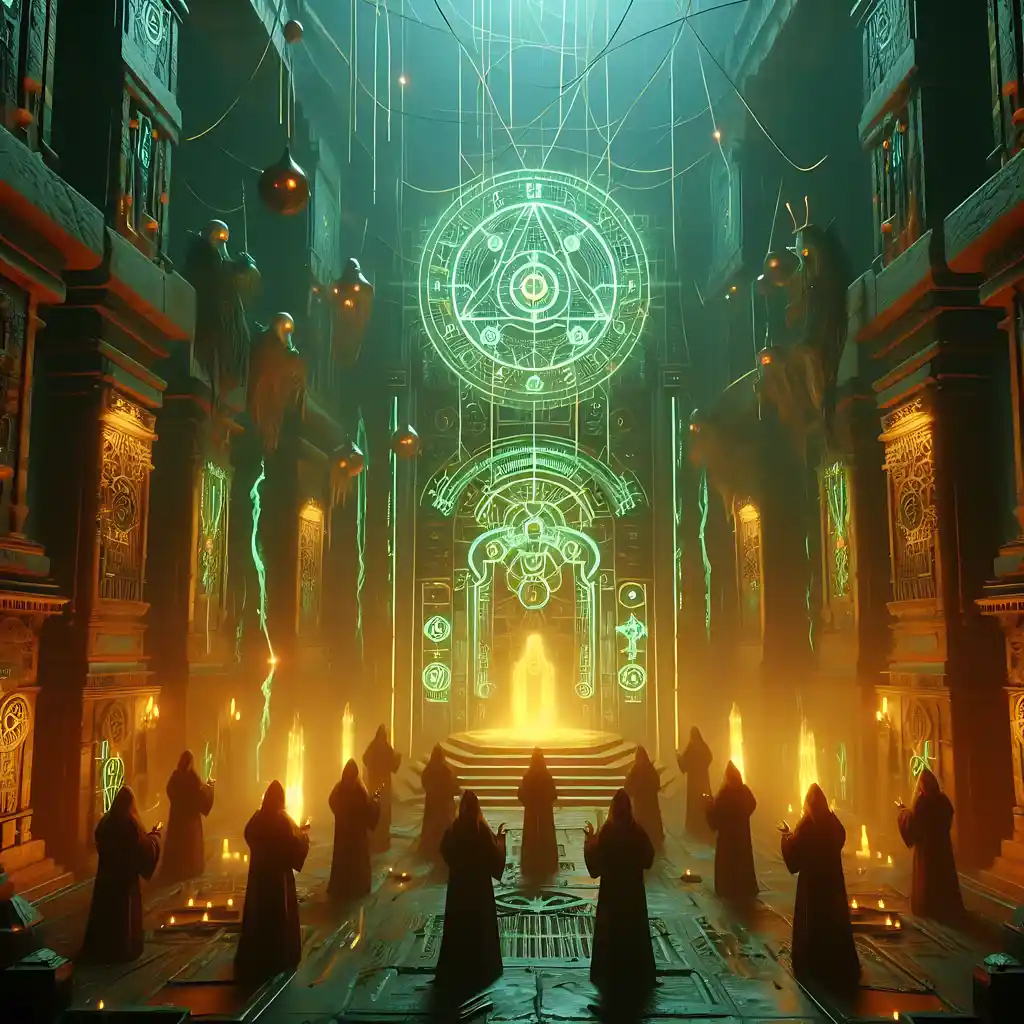
Skeptics argue that accepting the Necronomicon as a historical reality requires discarding rational thought. Critics point out glaring anachronisms in language and concepts that place it firmly as a modern fictional construct. They stress the importance of applying scrutiny rather than blindly believing dubious mystical claims.
Proponents counter that our limited mainstream understanding of history can’t disprove a text as ingeniously encoded as the Necronomicon evading discovery for centuries. Nor can modern science fully reject mystical phenomena it has yet to quantify. Some also posit that collective occult belief itself could will a book like the Necronomicon into existence.
Others contend that even as an obvious modern fiction, the Necronomicon still has real influence. Its memes pervade global esoteric circles while concepts and imagery from the mythos actively shape occult practice. And if magicians tap its power as a destructive informational virus, does fictional status even matter?
With motives ranging from playful postmodern chaos magic rituals to cynical profiteering off gullible buyers, there appears no end to individuals and groups appropriating Lovecraft’s imaginative work for their own agendas – whatever the ethics. Telling pretenders from potential prophets seems destined for eternal debate as the Necronomicon mythmaking machine churns on.
Historical Precedents
Those arguing for plausibility point to examples of fictional texts or mythic ideas later proving to be based on uncovered reality. Stories of Atlantis and Homer’s Troy once branded as legend turned out corresponding to excavated ruins. Proponents argue that a factual text serving as inspiration for Lovecraft’s Necronomicon might still wait to be discovered.
They also cite the historical Voynich Manuscript as evidence that strange esoteric books in obscure languages can evade comprehension for ages before emerging, only furthering their mystery. Who can say if some encrypted version of Alhazred’s writings won’t materialize from obscurity too?
Empowerment Through Belief
Some occult philosophers suggest that on a psycho-symbolic level, the Necronomicon has attained a form of authenticity via the very belief people invest in it. As an enduring legend woven itself into global esoteric teachings, inspiring ritual and practice that actively embraces Lovecraft’s iconography and mythos, does it matter whether archaeologists ever unearth a genuine physical copy?
Through sheer willpower and imagination, the Necronomicon arguably now exists in the realm of ideas able to influence human behavior – which some magicians argue is the only meaningful plane of existence anyway. All myth originates from collective imagination. Perhaps here, too, myth has simply looped back to inspire its own manifestation.
Memetic Necronomicon Mutations
Other occult commentators propose the Necronomicon should be viewed as a highly evolved form of informational life in itself – a mutating psychic virus able to adapt elements of Lovecraft’s initial creative seed to new cultural contexts as it spreads.
Through replication in new media and merging with digital communication channels as technology progresses, the Necronomicon myth-form transcends debates on material evidence. It underscores the inability to contain mythical creations in this age of fluid cross-pollinating fictions unbound by rationalist gatekeeping.
The Myth of Necronomicon Lives On
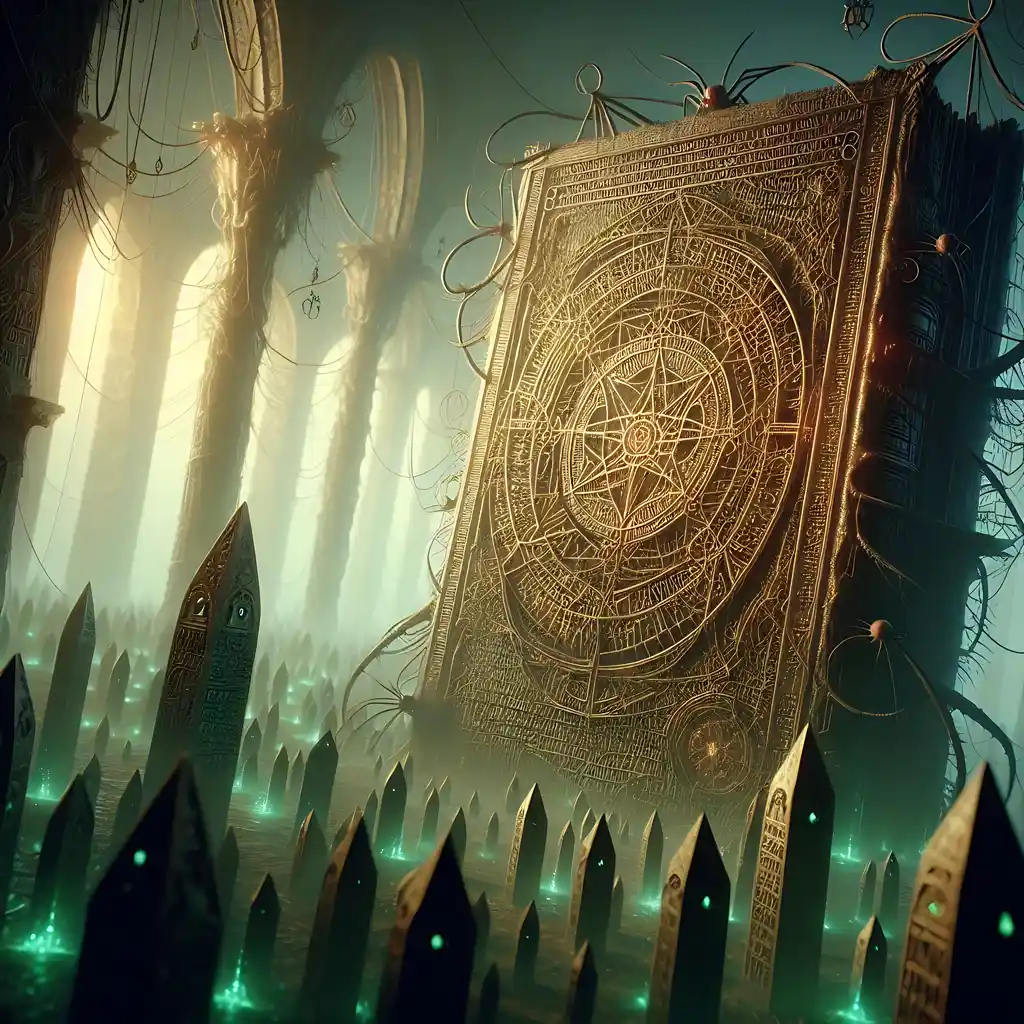
Over nearly a century, the phantom history and magical promise of the Necronomicon have enthralled occult imaginations. Debates around authenticity remain lively, with belief and skepticism clashing as more layers of lore envelop Lovecraft’s forbidden tome.
Its memetic journey demonstrates the power of fiction to galvanize belief and perhaps even will imaginary texts into some form of existence through sheer collective fascination. As technology facilitates new mutations of the myth, its future seems destined for continued mutation and metaphysical debate.
What’s your take on the Necronomicon’s authenticity and origins? Share your perspective below! Do you think scattered parts of this mythical book of the dead will ever surface? Or is it forever fated to haunt our realm as alluring fiction tempting mystics across eras? Let the discussion continue…
